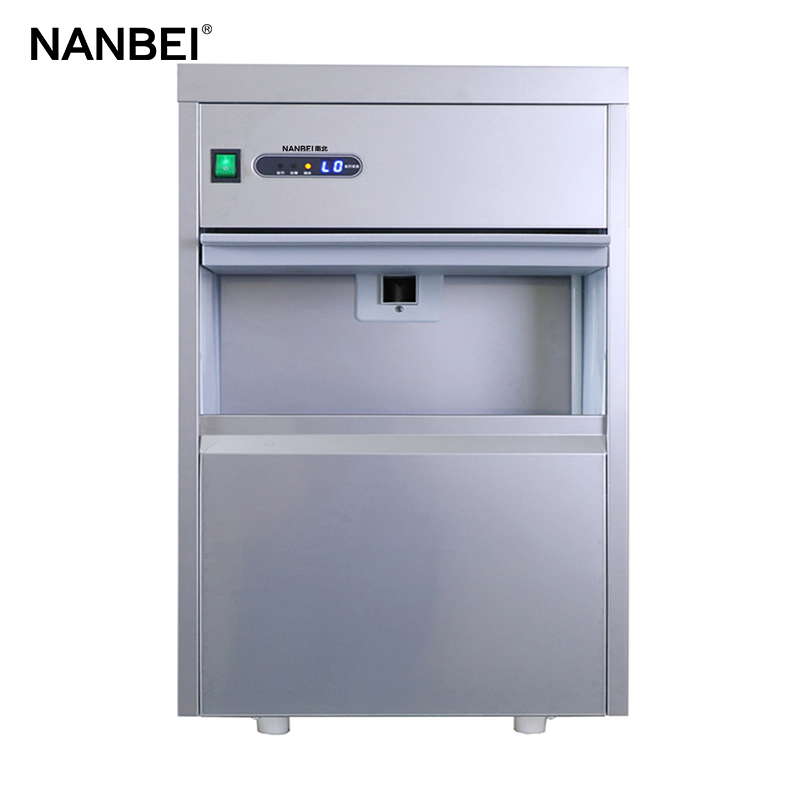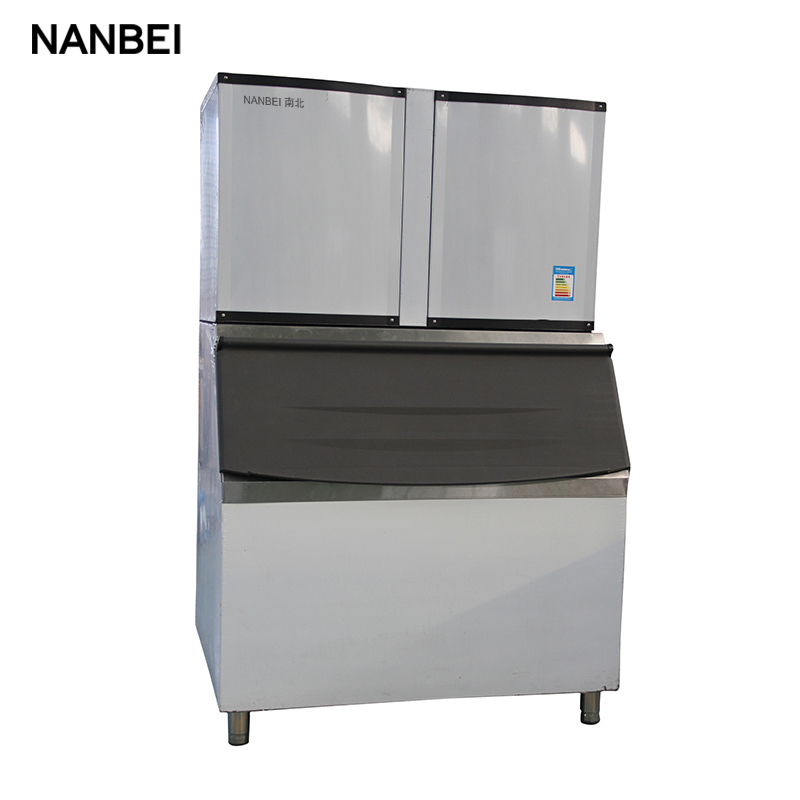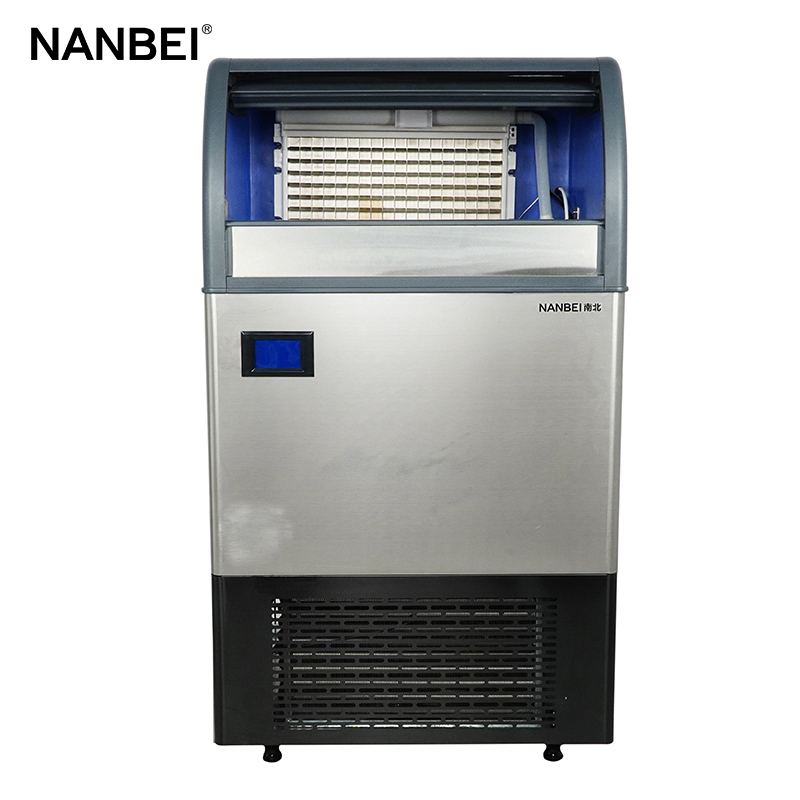The ice maker is a refrigeration mechanical equipment that cools water with a refrigerant in a refrigeration system through an evaporator to generate ice. So, about the ice maker water-cooling type or air-cooling type is better? They have their own pros and cons, and our choice all depends on the cost and usage conditions.

The heat exchange coefficient of air-cooling type is low, so a larger heat exchange area is required, which results in a larger equipment volume. Its advantages are simplicity and low cost. The water-cooling type has a high heat exchange coefficient, but it needs water and treatment that raise costs. The direct discharge of hot water will also cause waste, and the water circulation needs the cooling tower. In addition, seals, water pumps, and pipelines are also required, and the system is quite complex. In order to improve the heat exchange coefficient, it also costs a lot.

Therefore, if the cooling capacity is not large and the space and noise requirements are not high, air cooling can meet the needs. If the ambient temperature and air temperature are high, the air cooling efficiency is too low, and the working pressure of the ice machine may be relatively high. In order to pursue efficiency, reduce the footprint, or the environment is harsh, then water cooling is a better choice.

For an ice making machine, whether it is air-cooling or water-cooling type, as long as the temperature of its condenser is lowered, ensure that the refrigerant condenses and it circulates smoothly, then it works. Therefore, the choice of air cooling or water cooling should follow up with your specific needs.
Previous: No Information
Next: The FAI climbed 5.9 percent year-on-year in the first 11